Picture this: you’re standing on a limestone cliff, the Mediterranean sun warming your face, gazing out at crystalline waters that seem to stretch endlessly toward Africa. Behind you, ancient temples older than Stonehenge whisper stories of civilizations lost to time. This is Malta – a tiny archipelago that punches well above its weight in delivering unforgettable experiences.
At just 316 square kilometers, Malta is smaller than most major cities, yet what is Malta famous for extends far beyond its compact size. This Mediterranean gem seamlessly weaves together 7,000 years of history, world-class diving sites, stunning natural landscapes, and a culinary scene that reflects centuries of cultural fusion. From prehistoric temples to Hollywood film sets, from traditional fishing villages to vibrant capital streets, Malta offers layers of discovery that surprise even the most seasoned travelers.
Join me as we explore what truly sets Malta apart – going beyond the obvious tourist brochures to uncover the authentic experiences that make this island nation a must-visit destination for culture enthusiasts, adventure seekers, and anyone craving something genuinely special.
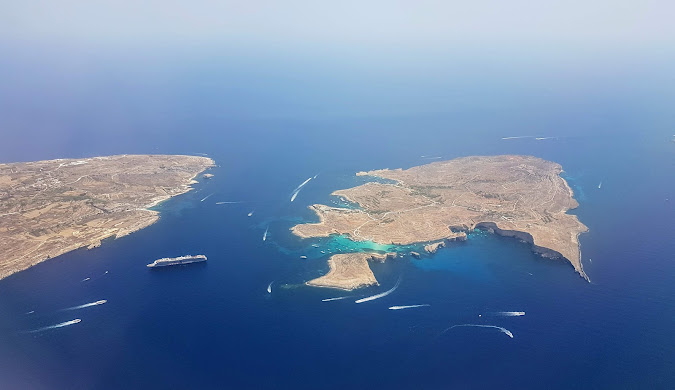
| Category | Details |
| Location | Central Mediterranean Sea, 93km south of Sicily |
| Size | 316 km² (Malta: 246 km², Gozo: 67 km², Comino: 3.5 km²) |
| Population | ~520,000 (Malta), ~31,000 (Gozo) |
| Capital | Valletta (UNESCO World Heritage Site) |
| Languages | Maltese, English (both official) |
| Currency | Euro (EUR) |
| Climate | Mediterranean – Average 23°C (73°F) annually |
| Best Time to Visit | April-June, September-October |
| Time Zone | Central European Time (CET) UTC+1 |
| Airport | Malta International Airport (MLA) |
| UNESCO Sites | 3 sites: Valletta, Megalithic Temples, Hypogeum |
| Driving | Left-hand side (British influence) |
| Emergency Number | 112 |
| Internet Domain | .mt |
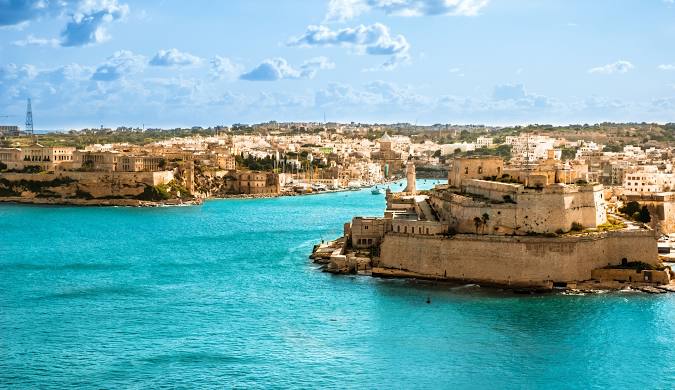
Historical & Archaeological Wonders
Ancient Temples That Predate the Pyramids
The first thing that struck me about Malta’s archaeological heritage wasn’t just its age – it was the sheer audacity of these ancient builders. The Maltese megalithic temples represent some of humanity’s earliest architectural achievements, with the Ġgantija Temples on Gozo dating back to 3600 BCE. To put this in perspective, these structures were already ancient when the pyramids of Egypt were being built.
Standing inside Ġgantija, I was amazed by the precision of these limestone blocks, some weighing over 50 tons, fitted together without mortar. The temple’s apses and curved walls create an almost organic feeling, as if the building grew from the earth itself. What makes these temples architecturally significant isn’t just their age – it’s their sophisticated design that demonstrates advanced understanding of engineering principles.
The Hagar Qim and Tarxien Temples continue this prehistoric legacy, each offering unique insights into Malta’s ancient inhabitants. Hagar Qim, perched dramatically on coastal cliffs, provides not only archaeological wonder but also breathtaking views of the island of Filfla. The intricate stone carvings at Tarxien reveal artistic sophistication that challenges our assumptions about prehistoric societies.
All these sites hold UNESCO World Heritage status, recognizing their outstanding universal value to humanity.
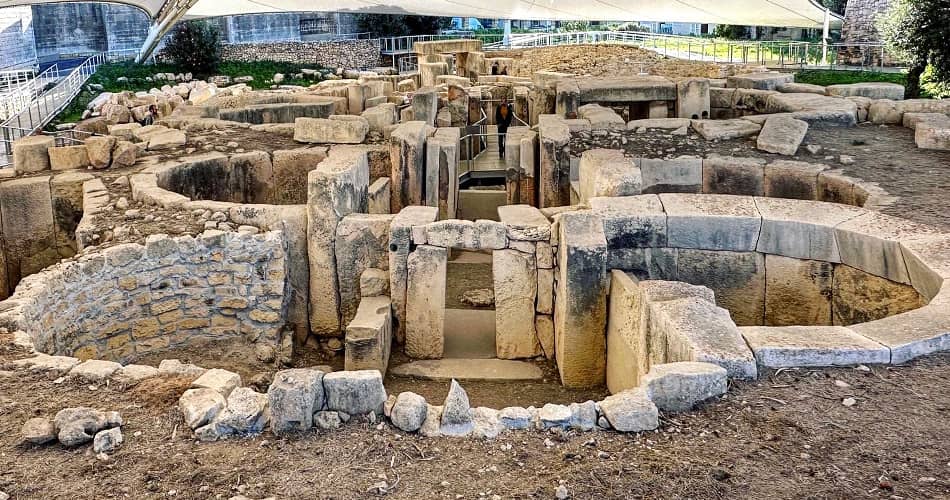
The Hypogeum: An Underground Marvel
Nothing quite prepared me for the Hypogeum of Ħal Saflieni – a prehistoric underground necropolis carved entirely from living rock around 4000 BCE. This three-level labyrinth served as both burial site and temple, and walking through its chambers feels like entering another world entirely.
The Oracle Room’s acoustic properties still send chills down visitors’ spines – a male voice spoken in a certain spot resonates throughout the entire complex. Archaeological evidence suggests this underground sanctuary was used continuously for over 1,500 years, making it one of the world’s most important prehistoric sites.
Practical tip: Book your Hypogeum tickets at least 6-8 months in advance through the official Heritage Malta website. Only 80 visitors are allowed daily to preserve this fragile site, making advance planning essential.
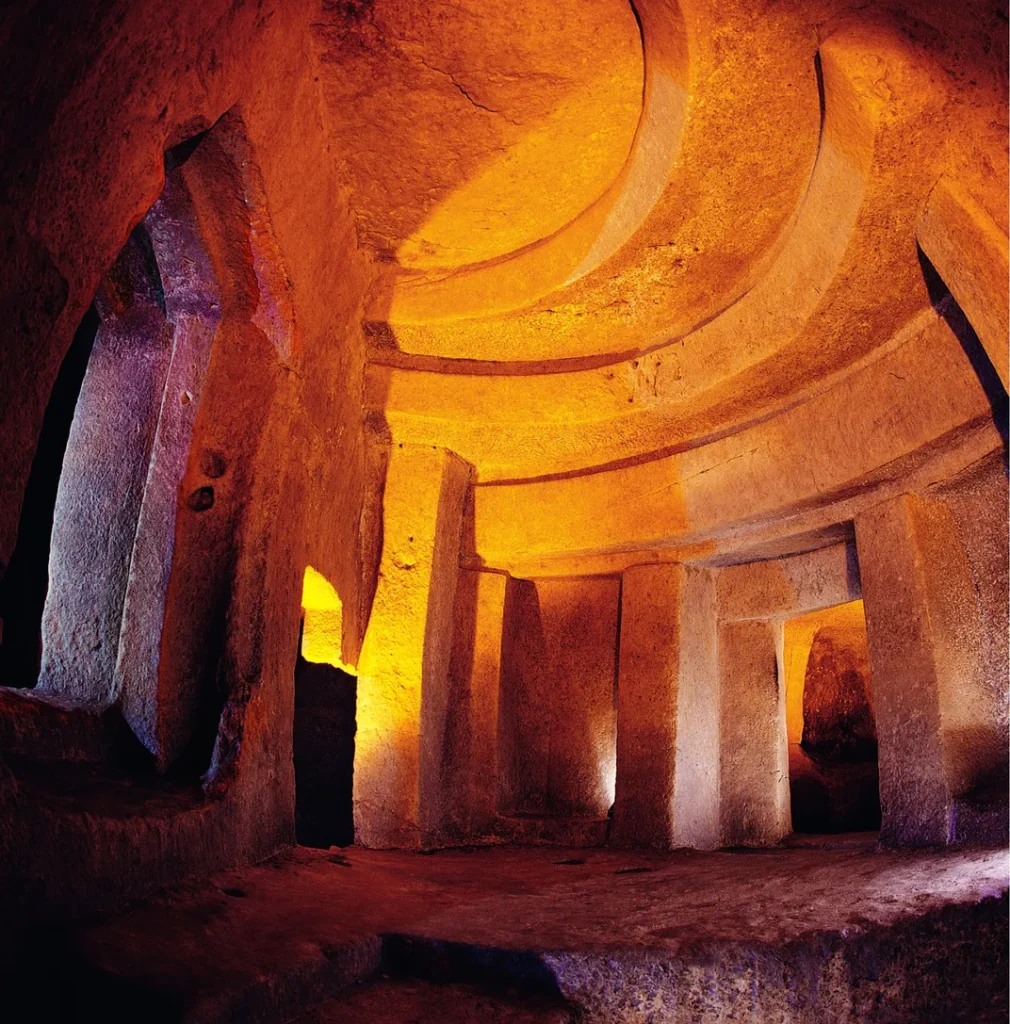
Mdina: The Living Medieval City
Approaching Mdina’s imposing bastions at sunset, I understood why locals call it the Silent City. This fortified medieval town, once Malta’s capital, maintains an atmosphere so authentic that stepping through its gates feels like time travel.
The narrow streets of Mdina tell stories of Arab occupation, Norman conquest, and centuries of noble families who called this city home. The Knights of St. John later enhanced Malta’s fortifications, creating the defensive network that helped the island withstand the Great Siege of 1565 – one of history’s most significant military victories that changed the course of European history.
Walking through Mdina at dawn, before the tourist crowds arrive, you can hear the city breathing. The limestone walls glow golden in the morning light, and the view from the city walls across the entire island is simply spectacular.
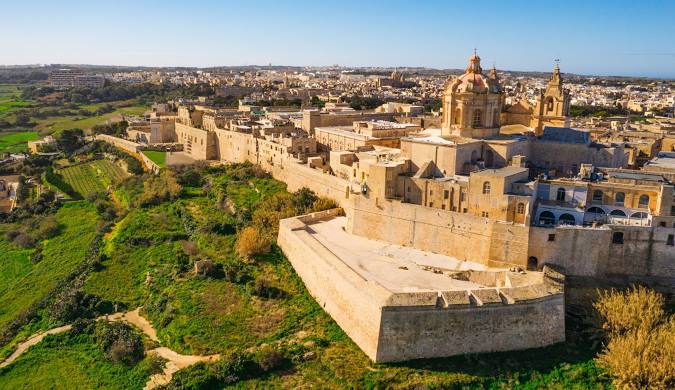
Valletta – Heart of Malta
A City Built by Knights
Valletta stands as one of Europe’s most concentrated historical areas – the entire city is a UNESCO World Heritage site, and for good reason. Built by the Knights of St. John after their victory in the Great Siege, Valletta represents one of the finest examples of late Renaissance military architecture.
The Grand Harbour, one of the world’s finest natural harbors, unfolds before you from the Upper Barrakka Gardens in a panorama that has inspired artists and strategists for centuries. I’ve watched the sunrise over this harbor many times, and it never fails to impress – the way the morning light catches the honey-colored limestone of the Three Cities across the water is pure magic.
St. John’s Co-Cathedral showcases Baroque architecture in Malta at its most opulent. Beneath its relatively modest exterior lies an interior so richly decorated it almost overwhelms the senses. Caravaggio’s “The Beheading of Saint John the Baptist” hangs here – the only work the master ever signed, created during his turbulent time in Malta.
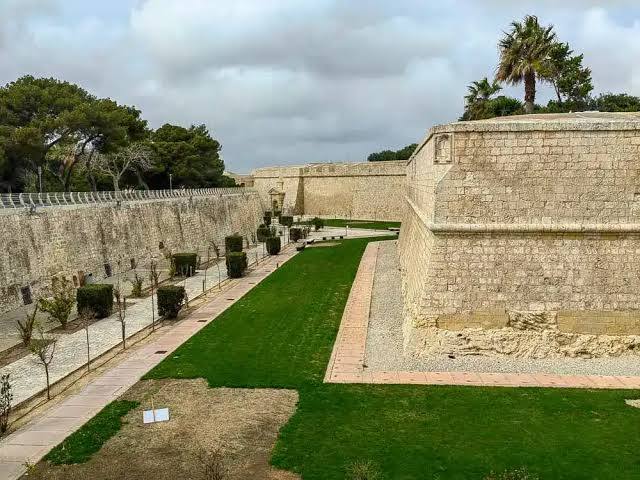
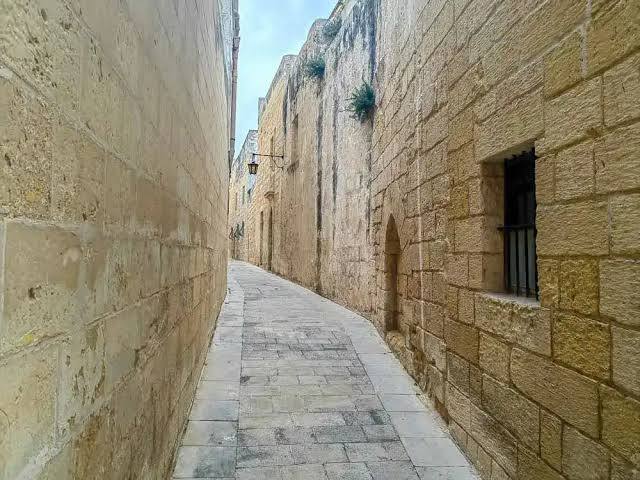
Modern Valletta’s Cultural Pulse
But Valletta isn’t just a museum city. The streets buzz with contemporary life – creative studios occupy former palazzos, innovative restaurants serve modern interpretations of traditional dishes, and the Valletta Design Cluster brings together Malta’s creative community in a stunning converted slaughterhouse.
The Malta International Arts Festival and Notte Bianca transform the city into an open-air cultural venue, when museum doors open late into the night and street performances enliven every corner. During these events, Valletta reveals its role as Malta’s beating cultural heart.
The Coastline, Beaches & Natural Landscapes
Beaches for Every Mood
Malta’s best beaches cater to every type of traveler. Mellieħa Bay, Malta’s longest sandy beach, provides perfect family-friendly swimming with shallow waters and excellent facilities. The contrast couldn’t be greater with Għajn Tuffieħa (Golden Bay), where dramatic cliffs frame a pristine stretch of sand accessible only by a steep stairway – your reward for the climb is one of the Mediterranean’s most beautiful beaches.
For those seeking something more secluded, I recommend exploring the smaller coves along Malta’s southern coast. Wied iż-Żurrieq offers not just swimming but also boat trips to the famous Blue Grotto, where sunlight filtering through underwater caverns creates ethereal blue illumination.
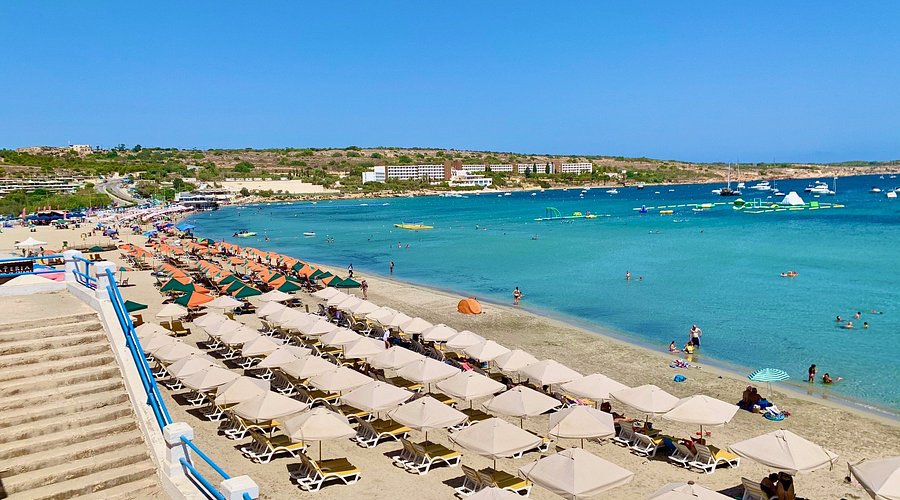
Dramatic Cliffs and Coastal Drama
Malta’s rock-cliff coastline provides some of the Mediterranean’s most spectacular scenery. The Dingli Cliffs, rising 253 meters above sea level, offer panoramic views that on clear days extend to Sicily. The clifftop walk at sunset is particularly memorable – the limestone glows orange and pink as the sun disappears into the horizon.
The coastal hiking trail from Dingli to the Blue Grotto showcases Malta’s rugged natural beauty. Ancient cart ruts carved into the limestone, mysterious in origin, guide you along paths that have been walked for millennia.

The Sister Islands: Gozo and Comino
Gozo maintains a slower pace that feels worlds away from Malta despite being just a 25-minute ferry ride. The Azure Window may have collapsed in 2017, but Gozo’s appeal remains intact – rolling hills dotted with traditional farmhouses, the magnificent Ġgantija Temples, and secluded beaches like Ramla Bay with its distinctive red sand.
Comino, the smallest inhabited island, hosts the famous Blue Lagoon – a shallow bay with water so clear and blue it seems artificial. While the lagoon can be crowded in summer, early morning visits or the shoulder seasons reveal why this spot has become iconic.
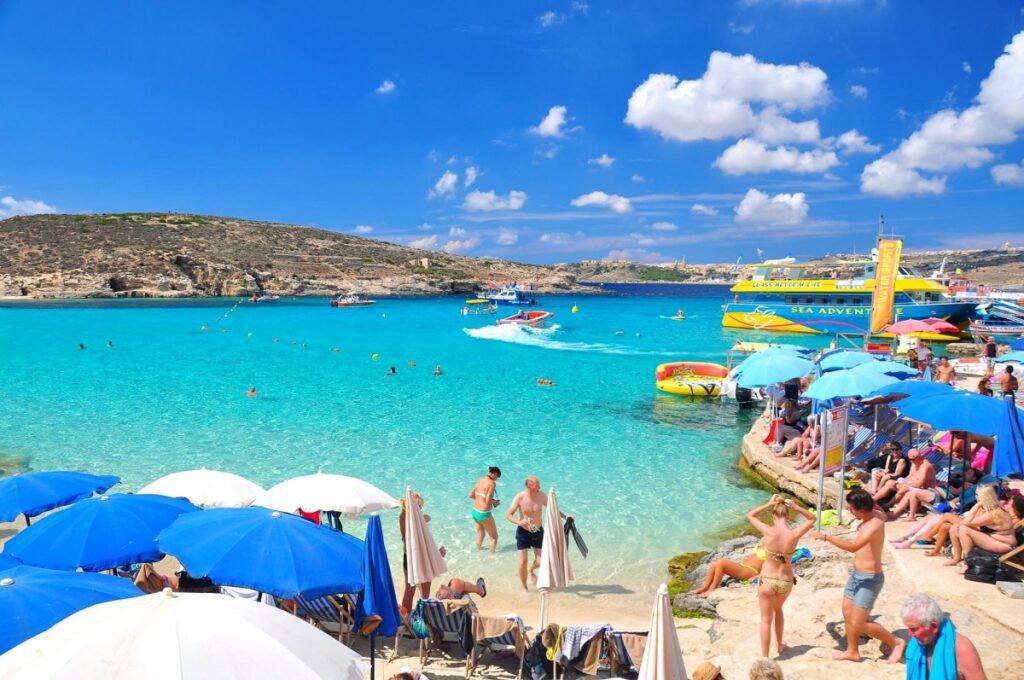
Water Adventures & Marine Life
World-Class Diving Destination
Malta’s reputation for diving in Malta is well-deserved. The clear waters, dramatic underwater topography, and fascinating wrecks create diving experiences that rank among the world’s best. The HMS Maori, a World War II destroyer, lies in just 14 meters of water in Valletta’s Grand Harbour, making it accessible to divers of all levels.
More advanced divers gravitate toward the Blue Hole in Gozo, where a circular opening in the limestone leads to an underwater tunnel system. The play of light filtering down through the hole creates cathedral-like underwater scenes that are simply breathtaking.
Practical diving tip: Choose operators certified by PADI or SSI for safety and quality assurance. Malta’s diving community maintains high standards, but always verify certifications.
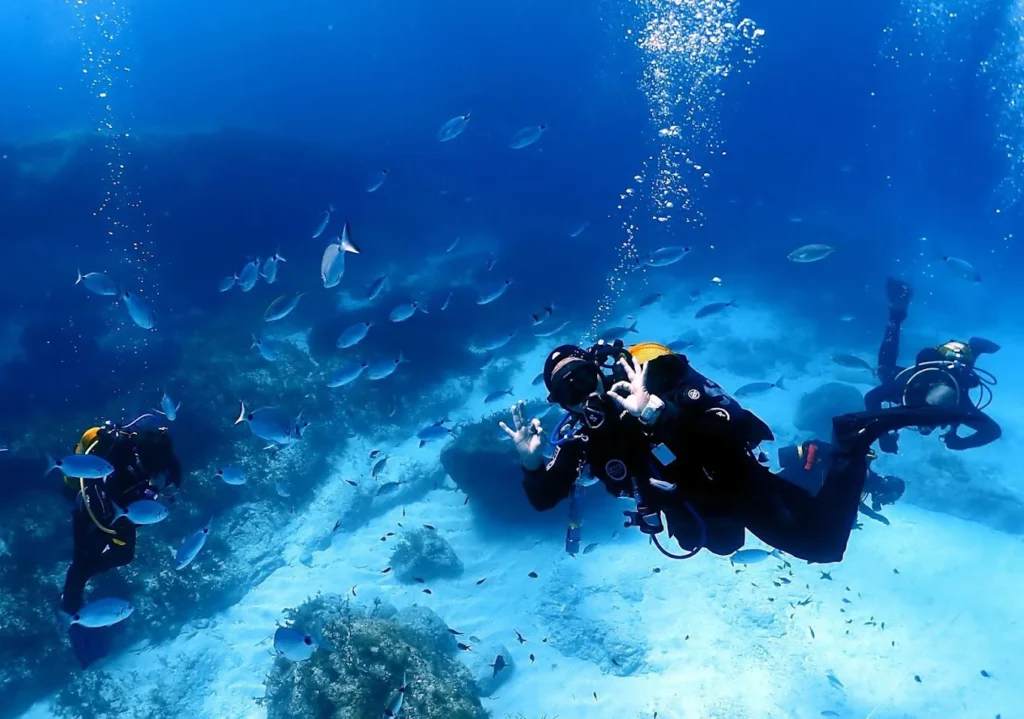
Beyond Diving
The crystal-clear waters around Malta offer excellent snorkeling opportunities. St. Peter’s Pool provides easy access to deep, clear water perfect for snorkeling and cliff jumping. Kayaking around Malta’s coastline reveals hidden coves and sea caves inaccessible by land.
Malta’s position along major Mediterranean migration routes makes it an important area for marine biodiversity. Protected marine areas around the islands ensure that underwater ecosystems remain healthy and vibrant.
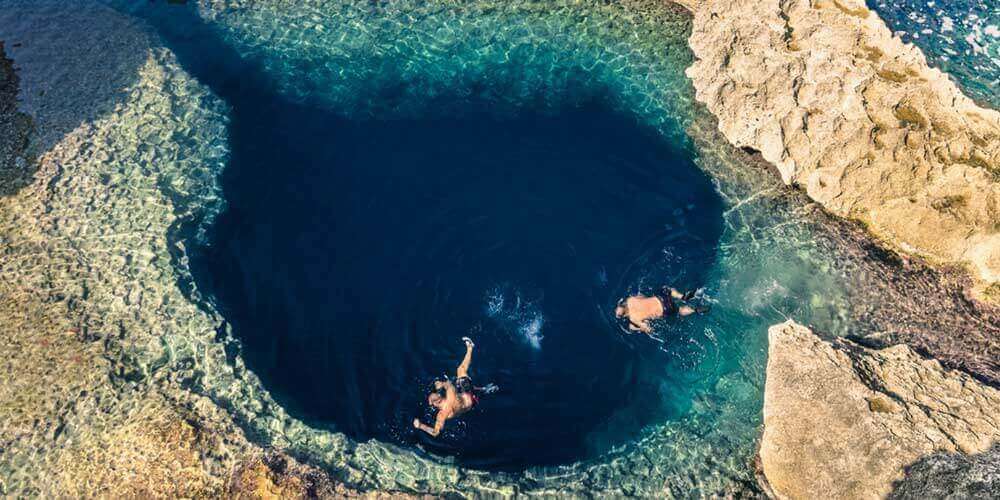
Cultural Highlights & Filming Locations
Malta: The Hollywood of the Mediterranean
Malta’s film industry credentials are impressive – the island has doubled for ancient Rome, medieval Europe, and even other planets. Popeye Village, built for the 1980 musical film, remains a popular attraction in Mellieħa Bay, its colorful wooden buildings creating a whimsical contrast against the Mediterranean backdrop.
More recently, Mdina served as King’s Landing in the first season of “Game of Thrones.” Walking through the same streets and recognizing filming locations adds another layer of interest to exploring this medieval city.
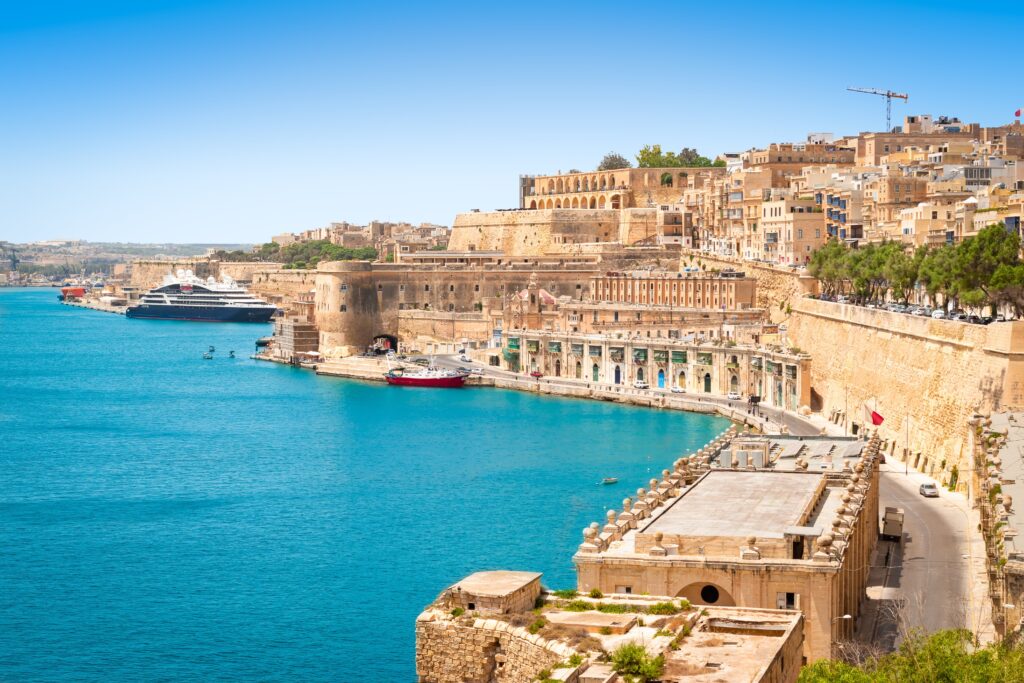
Living Culture: Festas and Celebrations
Experiencing a traditional Maltese festa offers insight into the island’s soul. These village festivals, held throughout summer, transform entire communities into celebrations of patron saints. The atmosphere is electric – brass bands march through decorated streets, fireworks light up the night sky, and entire families participate in traditions passed down through generations.
Malta Carnival brings pre-Lenten celebrations to the streets with elaborate floats and costumes. Notte Bianca opens Valletta’s cultural institutions for one magical night when the entire city becomes a venue for arts, music, and performance.
Local Flavors & Cuisine
Authentic Maltese Dishes
Local Maltese cuisine reflects the island’s position at the crossroads of Europe, Africa, and the Middle East. Fenek (rabbit stew) stands as Malta’s national dish – slow-cooked with wine, garlic, and herbs until the meat falls off the bone. Many restaurants offer fenek, but the best versions come from family-run establishments in Malta’s interior villages.
Lampuki (mahi-mahi) prepared in various ways showcases Malta’s fishing heritage. Lampuki pie, a traditional autumn dish, combines the fish with vegetables in flaky pastry. Aljotta, a garlic-rich fish soup, provides comfort food that perfectly captures Mediterranean flavors.
Traditional Maltese pastries deserve special mention. Imqaret (date pastries) offer sweet comfort, while qassatat (ricotta-filled pastries) provide savory satisfaction. Kannoli filled with fresh ricotta showcase Sicily’s influence on Maltese baking.
Where Tradition Meets Innovation
For authentic experiences, head to family-run restaurants in villages like Mosta or Żurrieq. Ta’ Kris in Sliema and Rubino in Valletta serve traditional dishes in atmospheric settings that enhance the dining experience.
Modern Maltese chefs are reinterpreting traditional recipes, creating contemporary versions that maintain authentic flavors while appealing to international palates.
Viticulture & Vineyard Tourism
The Renaissance of Maltese Wine
Maltese wine has experienced a remarkable renaissance over the past two decades. The island’s winemaking history dates back to Phoenician times, but modern techniques combined with indigenous grape varieties are creating wines that compete internationally.
Girgentina and Ġellewża represent Malta’s unique indigenous white and red grape varieties. These grapes, adapted to Malta’s intense sun and limestone soils, produce wines with distinctive character that you simply cannot taste anywhere else.
Vineyard Experiences
Meridiana Wine Estate and Marsovin Winery offer comprehensive tasting experiences that combine wine education with stunning rural settings. The contrast between modern winemaking facilities and ancient limestone cellars creates memorable visits.
A typical wine tour includes vineyard walks, cellar tours, and guided tastings paired with local cheeses and traditional breads. The experience provides insight into both Malta’s agricultural heritage and its modern renaissance.
Hidden Gems & Off-the-Beaten-Path Malta
Southern Malta’s Secrets
While most visitors focus on the north, southern Malta offers equally compelling attractions with fewer crowds. The fishing village of Marsaxlokk maintains authentic character – colorful luzzu boats bob in the harbor while Sunday’s fish market provides insight into local life that tourism hasn’t yet transformed.
Għar Dalam cave system tells the story of Malta’s prehistoric wildlife, including dwarf elephants and giant swans that once inhabited the islands. The museum provides context that makes exploring these ancient caves more meaningful.
Secret Beaches and Coastal Walks
Local knowledge reveals beaches and swimming spots that don’t appear in guidebooks. Il-Ġnejna Bay offers golden sand and clear water without the crowds of more famous beaches. The coastal walk from Għar Lapsi to the Blue Grotto provides spectacular clifftop scenery with opportunities for swimming in crystal-clear natural pools.
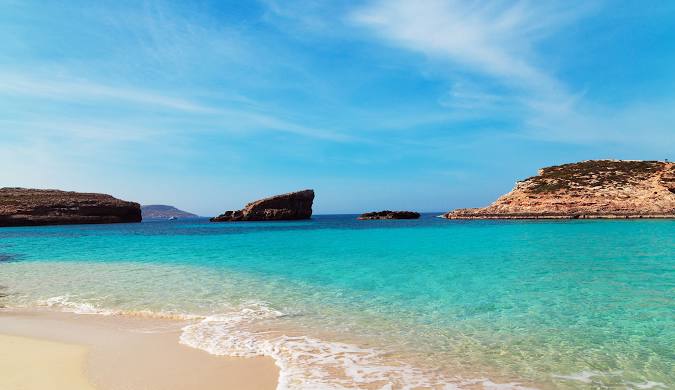
Practical Tips & Itinerary Suggestions
Timing Your Visit
Malta’s Mediterranean climate makes it appealing year-round, but timing affects your experience. May through October provides perfect beach weather, though July and August bring crowds and heat. April, May, September, and October offer the best balance of weather, fewer crowds, and reasonable prices.
Winter visits reveal a different Malta – green landscapes, cozy restaurant atmospheres, and cultural events that locals enjoy without tourist interruptions.
Getting Around Malta
Ferry services connect Malta’s islands efficiently. The Gozo ferry from Ċirkewwa provides scenic transport, while smaller boats serve Comino. Malta’s bus system covers the entire island network, though renting a car provides flexibility for exploring hidden gems.
Sample itinerary suggestions:
- 3 days: Valletta, Mdina, and one beach day
- 5 days: Add Gozo day trip and diving/snorkeling
- 1 week: Include southern Malta, multiple beaches, and cultural experiences
For comprehensive planning information, visit the official Malta Tourism Authority website.
Conclusion
Malta’s magic lies in its ability to surprise. Just when you think you’ve discovered what makes this island special, another layer reveals itself. Whether you’re exploring prehistoric temples that predate Stonehenge, diving world-class wreck sites, savoring unique local wines, or simply watching sunset paint Valletta’s limestone walls gold, Malta delivers experiences that linger long after you’ve returned home.
This small island nation proves that size means nothing when you have 7,000 years of history, stunning natural beauty, warm Mediterranean hospitality, and the resilience of people who have welcomed visitors while maintaining their authentic character.
Don’t just read about Malta – experience it for yourself. Book that trip, pack your sense of adventure, and prepare to discover why Malta continues to captivate travelers from around the world. The islands are waiting to share their secrets with you.
Read More Articles;
- Kaas Plateau Travel Guide 2026: Best Time to Visit, Bloom Season, How to Reach & FAQs
- What Is the Quirimbas Archipelago Mozambique Known For? Complete Travel & Nature Guide
- Is Angola Safe to Travel in 2025? Your Essential Guide to Health, Crime, and Landmine Safety
- What Animals Live in Bale Mountains Ethiopia? Complete Wildlife Guide
- What to Do in Damaraland — Complete Travel Guide for First-Timers

Great site you have here but I was wondering if you knew of any forums that cover the same topics talked about here? I'd really like to be a part of online community where I can get suggestions from other knowledgeable people that share the same interest. If you have any recommendations, please let me know. Bless you!
Hi, I think your site might be having browser compatibility issues. When I look at your website in Safari, it looks fine but when opening in Internet Explorer, it has some overlapping. I just wanted to give you a quick heads up! Other then that, fantastic blog!
Nicely delivered
Excellent write-up